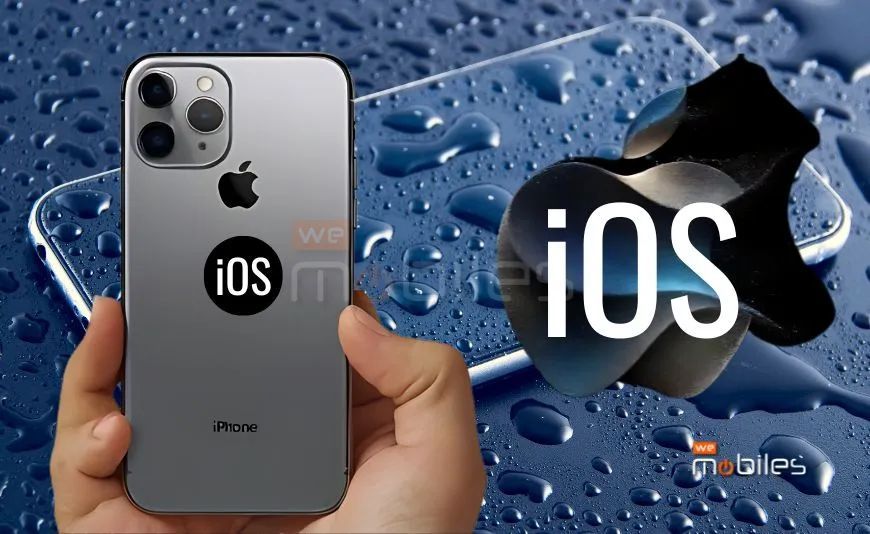Understanding iOS Features, Architecture, Security, and Comparison to Android

The iOS operating system, built by Apple Inc., is one of the most influential and widely used mobile platforms known worldwide. This article will explore various concepts surrounding iOS including its history, features, architecture, security, and comparison with other mobile operating systems.
1. History of iOS
1.1. Early Development
It was in 2007 that the first iPhone was launched with a newly created operating system called iOS. The innovation of an intuitive multi-touch interface changed the face of the smartphone industry.
1.2. Evolution Over the Years
Numerous updates and improvements have been made on iOS over time. Every version came with new features to enhance performance as well as security updates to protect users from cyber threats. Key milestones are the App store introduction in iOS 2, multitasking in iOS 4, and a design revamp in iOS 7.
2. Key Features of iOS
2.1. User Interface
iOS has always had a stylish UI that is user-friendly in nature, featuring grid-style app icons on the home screen, a control center for quick access to important settings, and a notification center for managing alerts and notifications.
2.2. Siri
Siri, which is Apple’s voice-controlled assistant, can be used for many tasks through vocal commands such as reminders or controlling appliances, even integrated into the iOS ecosystem deeply.
2.3. App Store
This crucial element in iOS provides millions of applications to users for download purposes. It also gives developers a secure environment where they can distribute their apps to customers who want them installed on their devices.
2.4. Security & Privacy
Security and privacy are heavily implemented on the iOS platform, with examples such as Touch ID and Face ID offering biometric authentication among others, together with data encryption and regular security upgrades protecting user data.
2.5. iMessage and FaceTime
iMessage is a very important tool for communication on iOS. iMessages can be sent over Wi-Fi or cellular data by users with photos, videos, and more. FaceTime offers high-quality video as well as audio calls.
3. iOS Architecture
3.1. Core OS
Provides low-level services like hardware drivers, memory management, power management, etc., which are the foundation of iOS.
3.2. Core Services
The Core Services layer includes essential services like networking, data management, location services, etc., that help apps perform complex tasks in an optimized manner.
3.3. Media Layer
The Media Layer takes care of everything to do with videos, audios, graphics, and animations, making the experience rich for users.
3.4. Cocoa Touch
Cocoa Touch is the top layer of iOS that has frameworks enabling apps to be built with graphical user interfaces. It includes UIKit, necessary for creating and managing the user interface.
4. iOS Ecosystem
4.1. Integration with Apple Devices
iOS is created to work seamlessly with other Apple products such as the iPad, Apple Watch, and Mac computer systems, among others. Handoff, Continuity, and AirDrop are some features that enhance user experience across devices by ensuring smooth transitions from one device to another when needed.
4.2. App Ecosystem
Apps placed on iTunes must comply with strict standards, making it a reliable source of applications belonging to this ecosystem, unlike any other mobile platform in existence today.
5. Comparing iOS with Android
5.1. User Interface and Experience
iOS has always been known for its simplicity and consistency, whereas Android provides more opportunities for customization. Each of the operating systems has its own strong points, but people often choose depending on their taste.
5.2. Security
Being a closed ecosystem that operates a strict review process for applications, iOS is generally regarded as safer than other platforms. However, Android, being open-source, facilitates increased flexibility, yet it can be easily infected by malware.
5.3. App Store vs Google Play
The App Store boasts of being a carefully curated and safe environment, unlike Google Play, which covers a broader range of apps, including some prohibited in iOS.
6. Future of iOS
6.1. Technological Advancements
With every release, iOS continues to redefine what mobile operating systems can do. Upcoming features such as improved AI integration, stronger privacy measures, and AR enhancement are expected to define the future of this platform.
6.2. Expanding Ecosystem
Apple expands its ecosystem constantly through the incorporation of new devices and services into iOS. This approach ensures that Apple’s OS remains ahead in terms of innovation.
Conclusion
iOS is a powerful and user-friendly operating system that has significantly shaped the apple smartphone landscape. Its emphasis on security, seamless integration with other Apple devices, and a vast ecosystem of high-quality apps make it a preferred choice for many users. As iOS continues to evolve, it promises to deliver even more advanced features and an enhanced user experience.
Post a Comment
You must be logged in to post comments

0 Comments